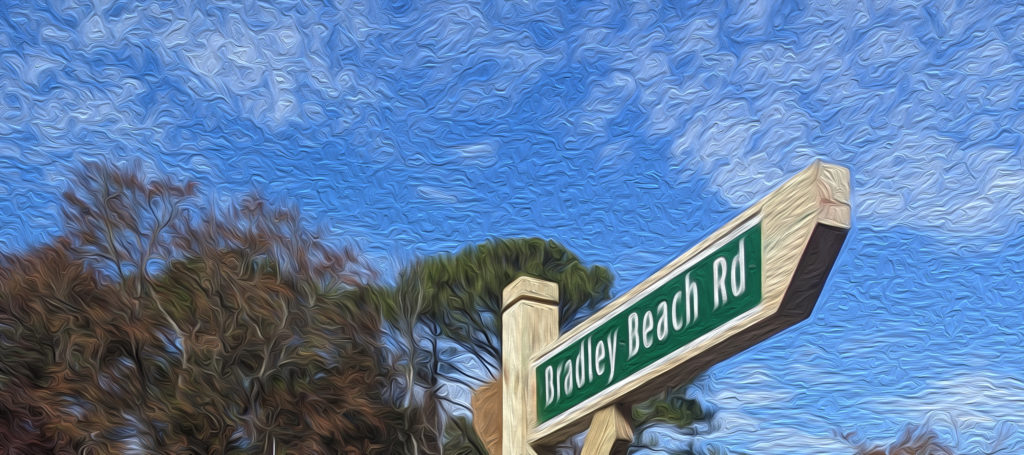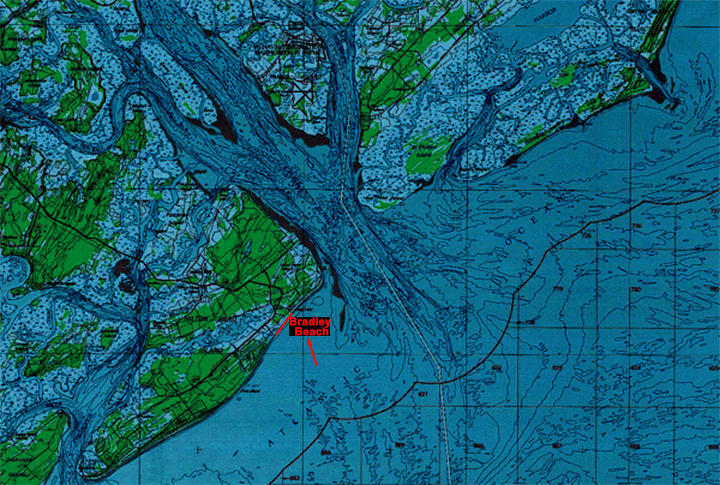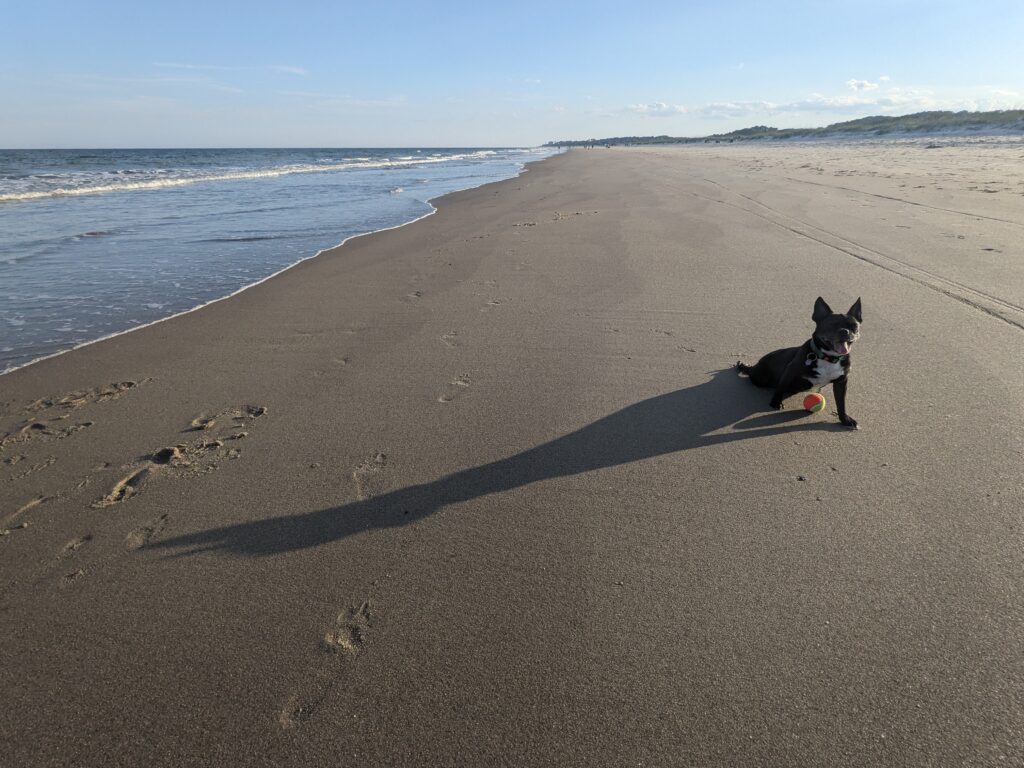
Bradley Memorial Beach – Subdivided in 1953
From 1888, the ‘Christopher’ family owned the land that include Bradley Memorial Beach Subdivision, and much of what is now ‘Driessen Beach Park’. It was half of a combined 20 acre parcel on the ocean. In 1953 Clementine Christopher Smalls transferred 10 acres to the ‘McDew’ family of Savannah (who still have a home there). At one point, there were a number of small cabins and a pavilion for large family celebrations. The destination was on the “Chitlin’ Circuit” (bringing a host of black musicians and dancers there to perform). Bradley Beach became a popular vacation destination for African American families, and was known to have been free of the serious racism that was often encountered elsewhere (even just north of Bradley Beach at Folly Field – as indicated by Luana M. Graves Sellars – in an excellent article titled “Bradley Beach – the Story Behind The Name” (in her blog Lowcountry Gullah).
These families (local Gullah families, Lowcountry families from Savannah and beyond – and many others) enjoyed these lands together, long before much of this land was either donated or sold to the Town of HH for a beach park (and long before any vacation homes were built on Bradley Beach Road and Bradley Circle beginning in the 1960’s). Part of current beach park and the entirety of Bradley Circle were originally ‘Driessen’ family lands – another local Hilton Head family. 11 acres of this land was transferred by Mr. ‘Henry Driessen Jr.’ to the Town of Hilton Head, specifically for the benefit of the general public. Gullah families eventually transferred much of this land for parks, open space or private development; yet many members of these families remain living here today.
Much of the area remains open to the pubic, however these are typically some of the safest places on the entire island (and were safe, long before security cameras were installed). I can attest to this, having lived here since there were still dirt roads, . At that time, there were only a handful of ‘second homes’ – used sporadically throughout the year by these families (mostly from Savannah). Change came slowly, and gained serious momentum only in the last few years.
The unique history and legacy of this area remains, and is worth knowing about. It was not always the way it is today. Historically speaking, from Christopher Drive to Singleton Drive was an area known to be safe for black families to enjoy the beach, at a time of much racism. It is said that there was at one time barbed wire that ran out into the water, to the north and south… in order to segregate the races. Not too long before this (up until the Civil War); it was part of an actual Cotton Plantation, with slaves (called “Chaplin Plantation”).
This greater ‘Bradley Beach area’ (within the ‘Chaplin Community’) is special (which runs from near Bradley Beach Road – past Burkes Beach (lands of the ‘Burke’ family) and to ‘The Folly’ – on the north side of Singleton Beach Road. These were the very last places on the oceanside of the island to see any fancy development (Singleton Beach being the first, around the same time that a fire destroyed the remaining Gullah social club there – as a similar fire burned down an establishment at Bradley Beach). As more wealthy folks choose to build and live here – they will hopefully learn and appreciate this history – including the open-access nature of neighborhoods located on public roads (and not attempt to close them off, in an attempt to become more like the gated-communities that make up most of the island – today still often referred to as the “gated plantations”).
These beaches remain the great Hilton Head public-access beaches that everyone enjoys today. The dynamic ‘Folly’ area off of Burkes Beach / Singleton Road is a natural tidal inlet that nearly separates the island into two. It is known to produce the best waves on the island. The tidal inlet is full of life, and the area has been popular for fishing and crabbing for many generations of locals (and visitors). Because this area somehow managed to not be captured by a large ‘Plantation’ (or Planned Unit Development); it stands in great contrast – eventually evolving into the inclusive public neighborhoods, beaches and parks that we have today.
Chaplin Park (off of Burkes Beach Road) includes ‘The Folly’ and is the largest oceanfront park of it’s kind on the island. Between Driessen Beach Park at Bradley Beach, and Chaplin Park at Burkes Beach (and Collier Beach Park – the newest park at the end of Singleton Beach Road); this area has a truly incredible amount of ocean-oriented nature parks and beautiful beaches; without even considering the other public amenities, including recreational facilities such as public tennis courts. However, it’s because of this area’s unique history and African American heritage that these lands remain the beautiful public-access lands that they are today – available for all to enjoy.

